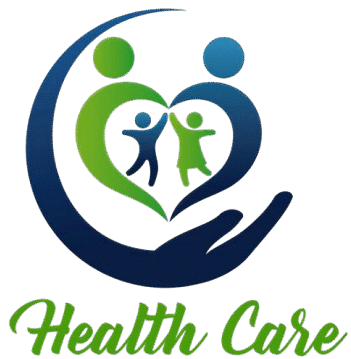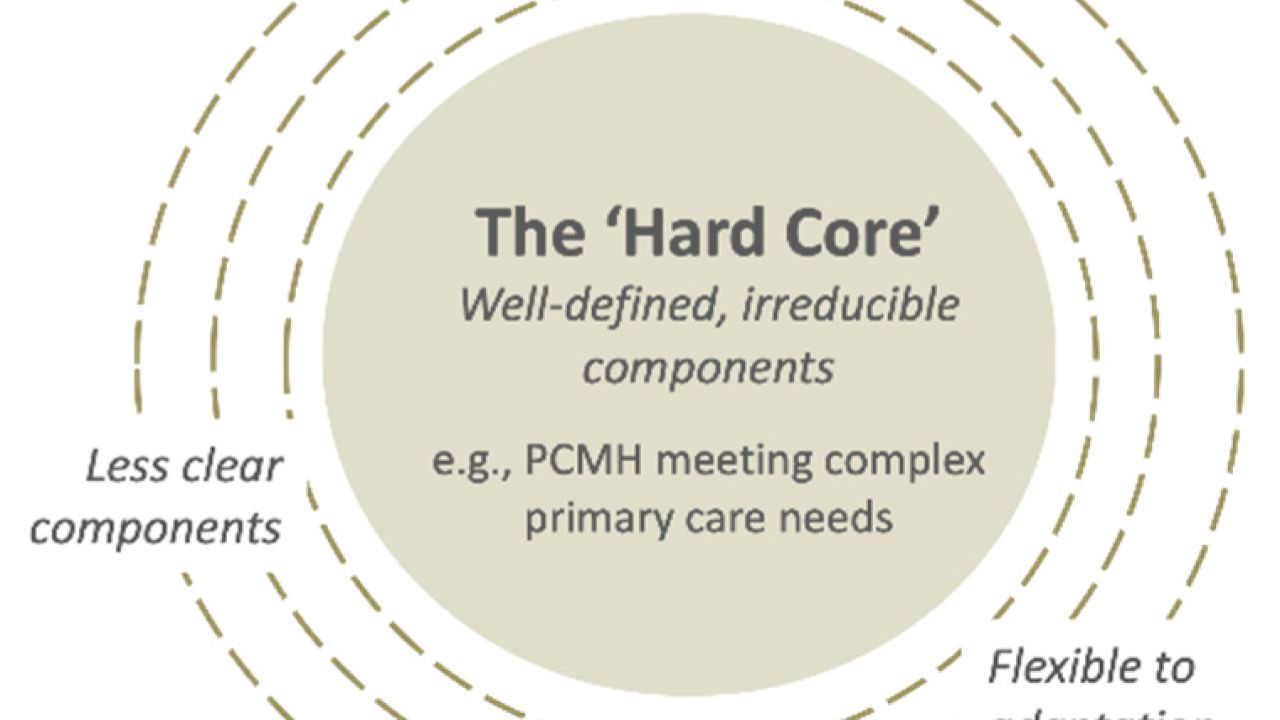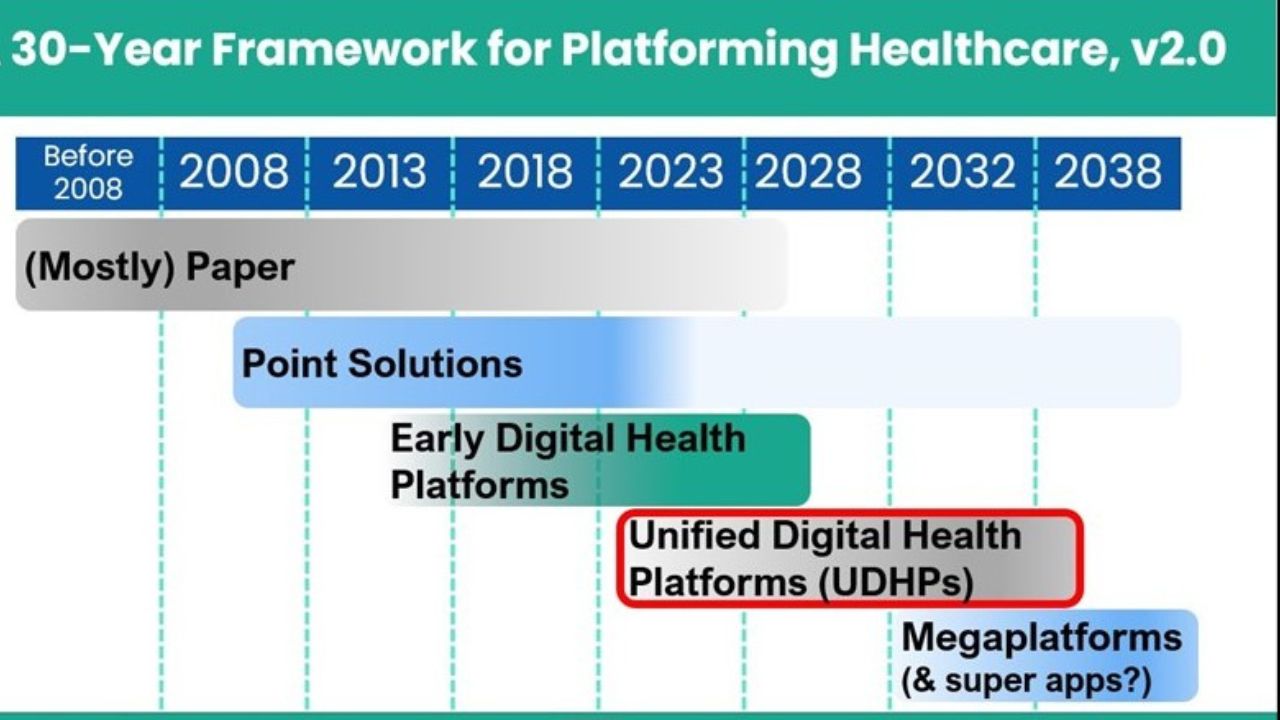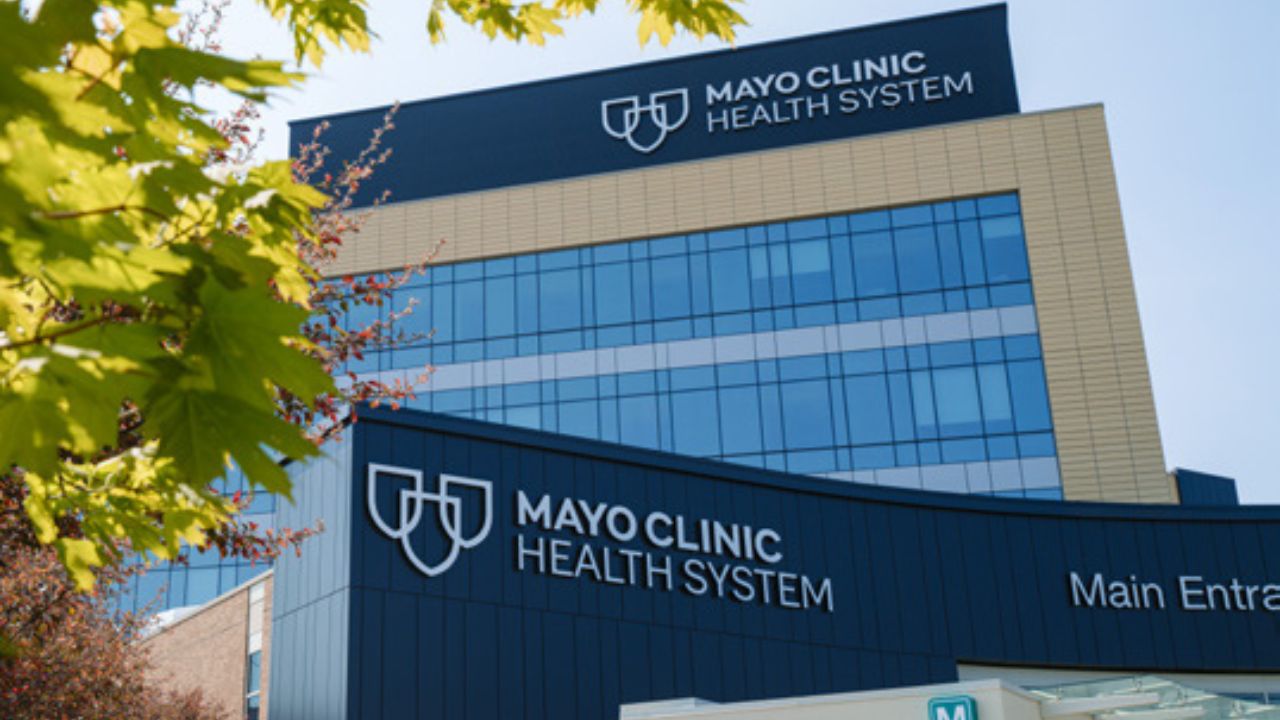Introduction
In the rapidly evolving landscape of health information technology (Health IT), innovation, interoperability, and security are paramount. Developers, healthcare providers, regulators, and patients all stand to benefit from a robust, reliable, and accessible testing environment that fosters innovation while ensuring compliance and safety. Recognizing these needs, the Site for Testing and Integration Environment (SITE) has undergone a comprehensive redesign to become a unified, scalable, and user-centric testing hub for Health IT developers.
This essay provides an in-depth exploration of the redesigned SITE, covering its conception, architecture, features, strategic objectives, benefits, challenges, and future directions. Through this, we aim to unveil how this transformation positions the SITE as a cornerstone for fostering innovation, interoperability, and trust in health technology.
1. Background and Context
1.1 The Role of Testing Environments in Health IT
Health IT systems—ranging from electronic health records (EHRs), clinical decision support tools, to patient portals—must adhere to strict standards for security, interoperability, and usability. Testing environments allow developers to validate their applications, ensure compliance with standards such as HL7 FHIR, and demonstrate interoperability before deployment in live settings.
Historically, multiple testing platforms existed, often fragmented across agencies and organizations, leading to inefficiencies, duplication of effort, and barriers to entry for small and emerging developers. The need for a centralized, comprehensive testing environment became evident.
1.2 The Need for a Redesigned, Unified SITE
The previous iterations of SITE served as valuable resources but faced limitations:
- Fragmented access points
- Outdated or limited testing capabilities
- Limited support for emerging standards and technologies
- Lack of scalability and user-centric features
- Insufficient integration with regulatory and certification processes
Recognizing these challenges, federal agencies, led by the Office of the National Coordinator for Health Information Technology (ONC), embarked on a redesign of SITE to create a single, unified platform that is scalable, flexible, and aligned with modern development and regulatory needs.
2. Strategic Objectives of the Redesigned SITE
The overarching goal of the SITE redesign is to establish a comprehensive testing hub that:
- Supports a broad range of Health IT standards and specifications
- Facilitates seamless integration with other government and industry tools
- Provides an intuitive, accessible user experience
- Enhances security, privacy, and compliance
- Promotes innovation by lowering barriers to entry
- Enables continuous testing, validation, and certification workflows
- Supports emerging technologies such as APIs, AI, and mobile health applications
These objectives aim to position SITE as an essential enabler of trustworthy, interoperable Health IT solutions.
3. Core Features and Architecture of the Redesigned SITE
3.1 Modular and Scalable Architecture
The redesigned SITE employs a modular architecture built on cloud-native principles, allowing for scalability, flexibility, and rapid updates.
- Core Testing Modules: Support for HL7 FHIR, CCD/CDA, LOINC, SNOMED CT, and emerging standards.
- API Testing Frameworks: Comprehensive tools to test RESTful APIs, SMART on FHIR, and other Web services.
- Security and Privacy Modules: Simulate secure environments, test OAuth2, OpenID Connect, and data masking.
- Certification Integration: Tools aligned with ONC Certification criteria for ONC Health IT Certification Program.
- Developer Portal: User-friendly interfaces, documentation, tutorials, and support.
3.2 Unified Access and User Experience
The platform offers a single sign-on (SSO) experience, enabling users to access multiple testing tools and resources seamlessly.
- Intuitive Dashboard: Visual interfaces displaying test status, progress, and reports.
- Self-Service Onboarding: Easy registration, role assignment, and onboarding workflows.
- Guided Testing Workflows: Step-by-step guides for different testing scenarios, including compliance testing, interoperability validation, and certification readiness.
3.3 Integration with External Systems
- Regulatory and Certification Workflows: Automated submission of test results to ONC and other regulators.
- Data Sharing with Industry Partners: APIs enabling integration with EHR vendors, app developers, and health information exchanges.
- Continuous Integration/Continuous Deployment (CI/CD): Support for DevOps pipelines, enabling automated testing during development cycles.
3.4 Security, Privacy, and Compliance
Given the sensitivity of health data, the SITE incorporates robust security measures:
- End-to-end encryption
- Role-based access controls
- Audit logging
- Data anonymization and masking tools
- Compliance with HIPAA, FISMA, and other standards
3.5 Support for Emerging Technologies
The platform is designed to accommodate innovations such as:
- AI and machine learning models
- Mobile health apps
- Wearable device integrations
- Blockchain-based data sharing
4. Benefits of the Redesigned SITE
4.1 Lowering Barriers to Innovation
By providing a centralized, easy-to-use testing environment, the SITE reduces the time and cost for developers to validate their solutions, encouraging innovation from startups, small developers, and academic institutions.
4.2 Promoting Interoperability and Standards Adoption
The platform’s comprehensive support for standards like HL7 FHIR accelerates interoperability efforts, enabling disparate systems to communicate effectively, ultimately improving patient care.
4.3 Enhancing Trust and Security
Rigorous testing and certification workflows built into the SITE help ensure that health IT products meet necessary standards, reducing risks related to data breaches, errors, and non-compliance.
4.4 Facilitating Regulatory Compliance and Certification
The integrated workflows streamline the path to ONC certification, reducing administrative burden and accelerating deployment.
4.5 Supporting Workforce Development and Education
The platform provides training modules, tutorials, and sandbox environments for developers, clinicians, and regulators, fostering a knowledgeable health IT community.
5. Challenges and Considerations
While the redesign marks a significant advancement, several challenges must be navigated:
5.1 Technical Complexity
Supporting a broad spectrum of standards, APIs, and emerging technologies requires ongoing updates and expert oversight.
5.2 Scalability and Performance
As user adoption grows, ensuring the platform remains performant and reliable is critical, necessitating robust cloud infrastructure and load balancing.
5.3 Security and Privacy Risks
Handling health data, even in test environments, requires stringent security protocols to prevent breaches and misuse.
5.4 User Engagement and Adoption
Effective onboarding, continuous support, and community engagement are needed to maximize utilization.
5.5 Evolving Standards and Technologies
The platform must adapt to new standards, regulations, and innovations, requiring agile development and governance processes.
6. Future Directions and Innovations
6.1 Incorporating AI and Automated Testing
Integrating AI-driven tools for automated test case generation, anomaly detection, and compliance monitoring can enhance testing efficiency and accuracy.
6.2 Expanding Industry and Academic Collaboration
Building partnerships with industry consortia, academic institutions, and international bodies can foster standard harmonization and shared innovation.
6.3 Enabling Patient-Centric Testing
Developing modules that simulate patient interactions and data flows can improve user experience and safety.
6.4 Supporting Global Interoperability
Aligning with international standards (e.g., HL7 V2, IHE profiles) to facilitate global health data exchange.
6.5 Embedding Feedback Loops and Continuous Improvement
Regular user feedback, analytics, and adaptive updates will ensure the platform remains relevant and effective.
7. Case Studies and Success Stories
7.1 Accelerating EHR Certification
A startup utilized the SITE to validate their FHIR-based EHR plugin, achieving certification in record time, enabling rapid market entry.
7.2 Interoperability Pilot Projects
A consortium of hospitals and vendors used the platform to test cross-system data exchange, leading to successful pilot deployment and scaling.
7.3 Patient Engagement Applications
A mobile app developer tested secure data sharing workflows, ensuring compliance and interoperability before deployment.
8. Conclusion
The redesigned SITE embodies a transformative step forward in the health IT ecosystem. By providing a unified, scalable, and user-centric testing platform, it bridges gaps between innovation, standards, and compliance. It empowers developers, accelerates interoperability, and ultimately enhances patient care.
As health technology continues to evolve with emerging trends like AI, IoT, and telehealth, the SITE will serve as a critical enabler—supporting continuous testing, validation, and certification. Its collaborative and adaptive nature ensures that it remains relevant and effective amid rapid technological change.
In embracing this new era, stakeholders across the health sector must actively participate, contribute feedback, and leverage the platform to realize the full potential of health IT innovations.
References
- ONC. (2022). Site for Testing and Integration Environment (SITE). https://www.healthit.gov/topic/standards-technology/site-testing-and-integration-environment
- HL7 International. (2021). FHIR Specification. https://hl7.org/fhir/
- U.S. Department of Health & Human Services. (2023). Health IT Certification Program. https://www.healthit.gov/topic/certification-ehrs
- HealthIT.gov. (2024). Supporting Innovation in Health IT. https://www.healthit.gov/topic/innovation



